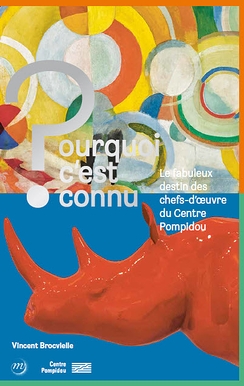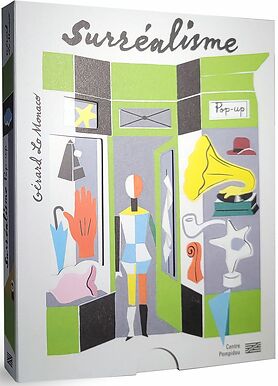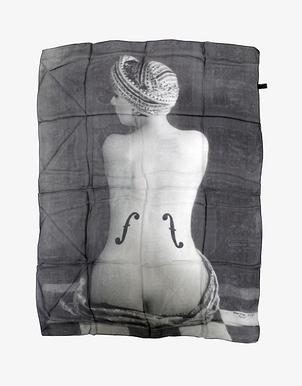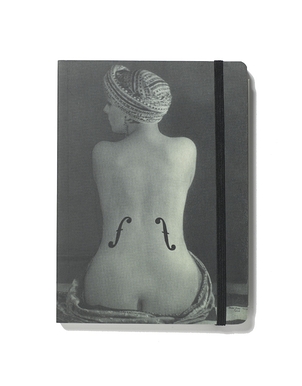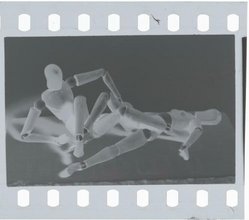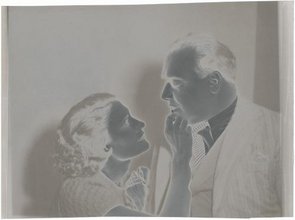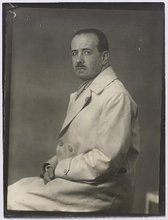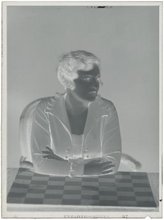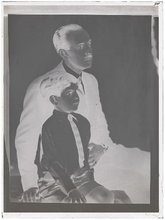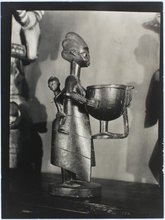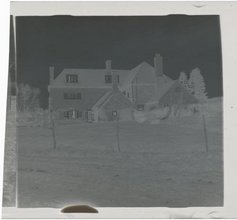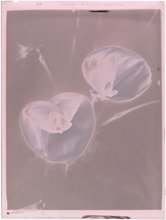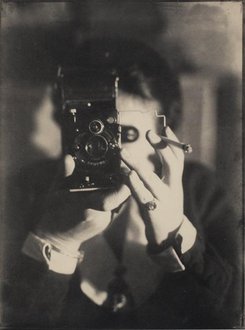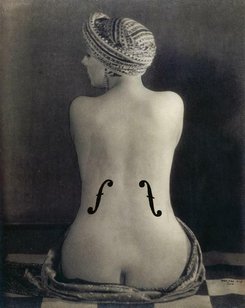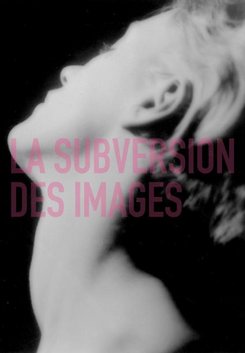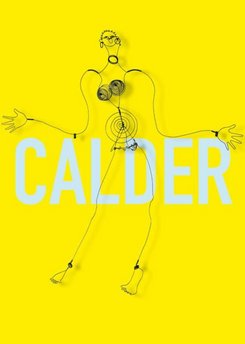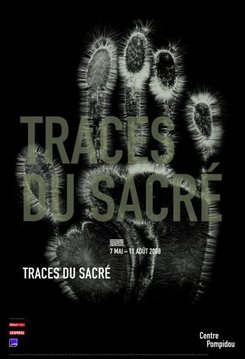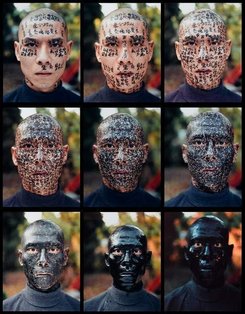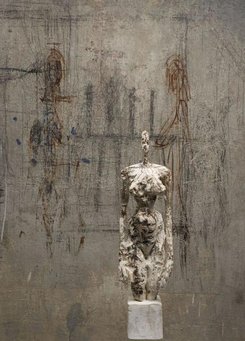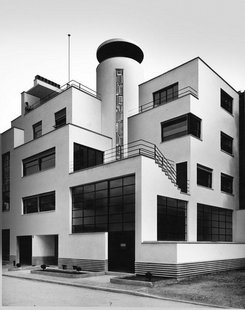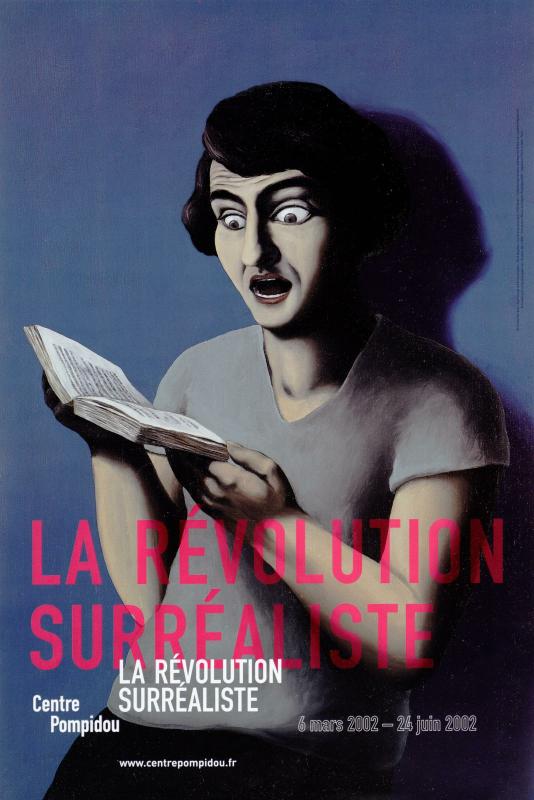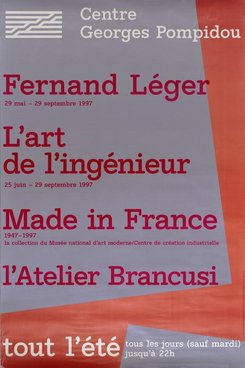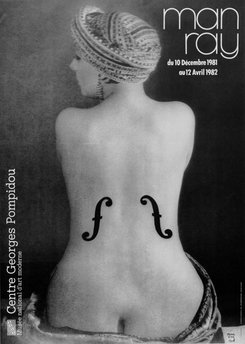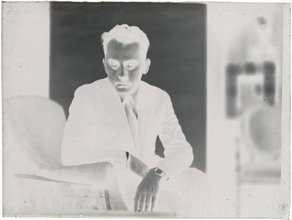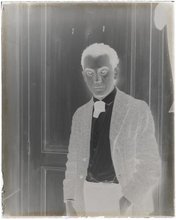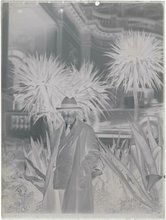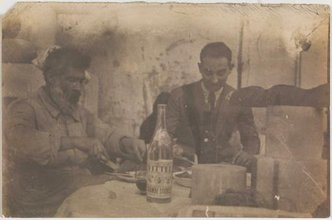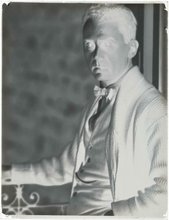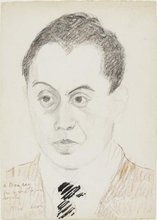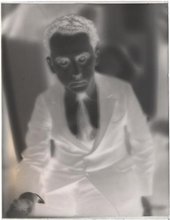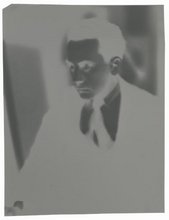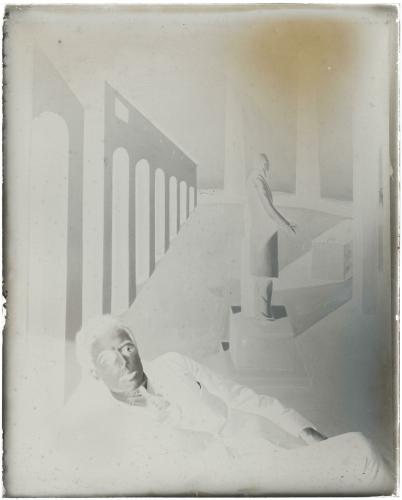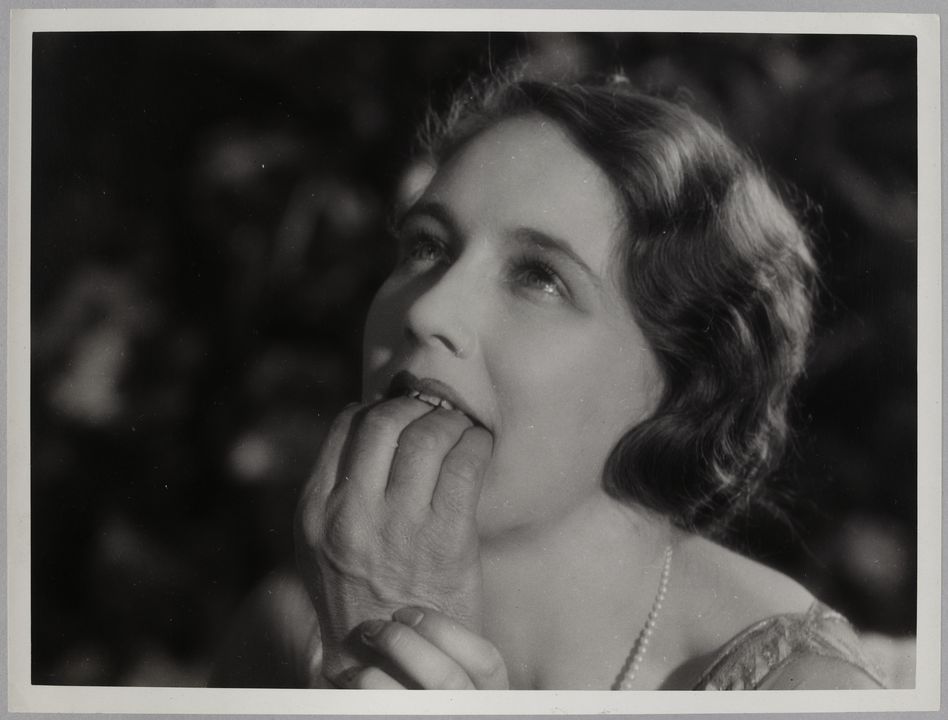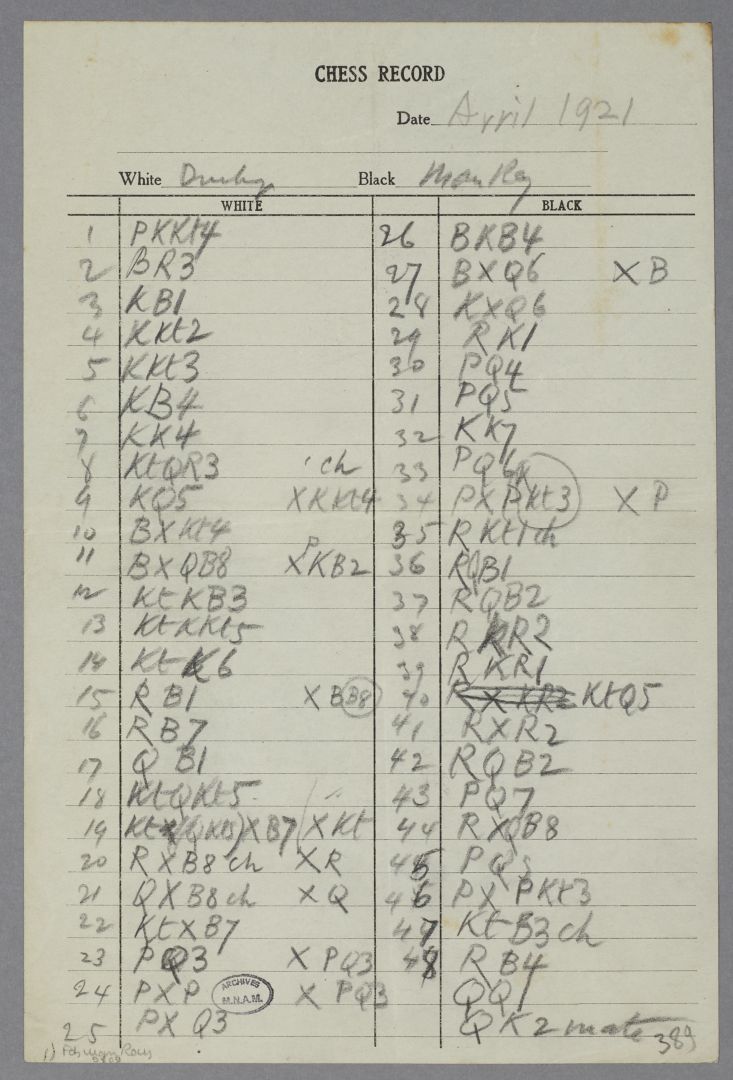Artist/personality
Man Ray
Peintre, Photographe

Man Ray
(Emmanuel Radnitzky, dit Man Ray)
Peintre, Photographe
Nationalité française (américaine à la naissance)
Birth: 1890, Philadelphie (Pennsylvanie, États-Unis)
Death: 1976, Paris (France)
© Man Ray Trust / Adagp, Paris
Biography
American painter, photographer and sculptor Man Ray was close to the Dada and Surrealist movements. After meeting Marcel Duchamp in New York, who brought him to Paris, he became a fully-fledged participant in the French capital’s buzzing artistic scene during the interwar years. At the time, artists were beginning to use photography, a medium that was still relatively new, to put forward a modern vision. Man Ray was a key actor in this major phase of opening and invention, in which political and social questions bled into works of art. Buoyed by the success of the illustrated press, but also by new needs for communication, with Man Ray photography became autonomous, a medium in its own right, while maintaining close ties with painting and literature.
Emmanuel Radnitzky was born in 1890 in Philadelphia, to a Jewish family of tailors. His family changed their name to Ray in 1912, in reaction to the antisemitism of the time. After completing his education at an open pedagogy school, in 1911 he started to earn a living as an illustrator for industry and advertising. His interest in painting pushed him to spend time at photographer Alfred Stieglitz's 291 gallery, where he met French artist Marcel Duchamp. They shared the same feelings of rebellion against the established order, and for a short time, they created the New York branch of the Dada movement. Together, they created works such as Élevage de poussière (Dust Breeding, 1920) and Marcel Duchamp’s portrait series as Rrose Sélavy (1921), a fictional character that they invented.
When his paintings did not meet with the desired success in New York, Man Ray decided to follow Marcel Duchamp to Paris in 1921, where he met André Breton, Louis Aragon, Paul Éluard and other figures in what would become the Surrealist movement. Dissatisfied with reproductions of his works, he began to take his own shots. This was how he began an activity initially seen as just a way to make money. His photos became a means of expressing what he could not in painting. Most were published in reviews and magazines, and did not yet find their place in art galleries, such as Violon d’Ingres (Ingres’s Violin), initially published in Littérature magazine in 1924.
Within the group of Surrealists, Man Ray became the official photographer in a certain way and participated in the first Surrealist exhibition in 1925. Through his photographic experiments, he became interested in exploring the unconscious and desire. The theme of the female body is highly present in his work, aiming to go beyond representations inherited from classicism (Anatomie [Anatomy], 1930). For 30 years, in his Montparnasse studio, Man Ray revolutionised photography and took portraits of artistic figures of the time, such as Gertrude Stein, Jean Cocteau, Meret Oppenheim, and others. After returning to America to flee the Nazis, he returned to Paris in 1951, where he continued his experiments, particularly with colour photography.
Medias
Events
In the store

